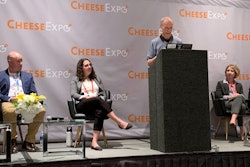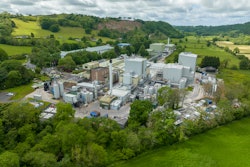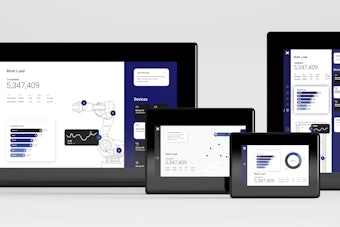
The use of recycled polyethylene terephthalate (rPET) in hot-fill packages has no significant adverse impact on the bottles until the blend exceeds 50%, according to a research study conducted by Plastic Technologies, Inc. (PTI).
The company conducted the study to provide information for brand owners contemplating including a percentage of rPET in their hot-fill bottles as part of their environmental initiatives.
“Even at 100% rPET resin use, the performance of the bottle used in this study was still acceptable,” said Tracy Momany, vice president product development group, PTI. “However, the typically-thicker walls of hot-fill bottles may result in slightly more noticeable haze or yellowing than other applications such as very thin-walled water bottles.”
This study was focused on evaluating virgin PET and two different rPET resins added to virgin PET at 25%, 50% and 100% levels. A 27g commercial 500mL six-panel hot-fill bottle and preform were used for the study. Bottles containing recycled-content variables were processed similarly to maintain equivalent bottle wall thicknesses and maximize preform temperatures. The objective was to ensure that the only difference was the amount of recycled content.
The bottles were then tested to determine hot-fill and top load performance, wall thickness, color, haze, crystallinity and acetaldehyde (AA) content. Following are the main study conclusions:
• All of samples passed the standard performance specifications for hot fill bottles, even at high percentages of rPET.
• Shrinkage increased slightly as the recycled content grew above 50%, but the bottles remained within the specification.
• The drawbacks of high rPET content are increased yellowing and higher haze levels. However, these are aesthetic issues and do not impact performance.
Additional study details are available here.


















